For my next review I thought I would do an overview of the Cave Dwellers TOOB released by Safari Ltd. in 2014. When this set was first released, I was excited because five of the eight figures are arthropods. Unfortunately I have misplaced four of those five, so I recently bought the entire set, which is good because now that I am building a synoptic collection I really wanted the three non-arthropods. There are eight figures in the set. All in the original set (shown here) are monochromatic in whites or pastels and have a matte finish. When I first saw the set, I wondered if, because of their colors, they would be glo-in-the-dark, but they are not. The set was recently updated (not sure what year) and figures are now translucent with more color. All figures, even those that are apparently ‘generic’ are original sculpts and are not reissued from past TOOBs or other sets. I am going to address each figure individually below with presumptive identifications (brought about from discussions with other forum members, most notably sbell and sphyrna18), and what I find good and bad about each figure. Because these are typical-sized TOOB figures, and many of the identifications are speculative, sizes and scales are not included this time.

Figure: Catfish
Species Identification: Probably the Mexican blindcat, Prietella phreatophila, or Rhamdiopsis krugi
What’s good about it: Whatever the identification, and it is a cool, unique species in toy form
What’s bad about it: Nothing. The fin and tail morphology is probably better supportive for R. krugi.

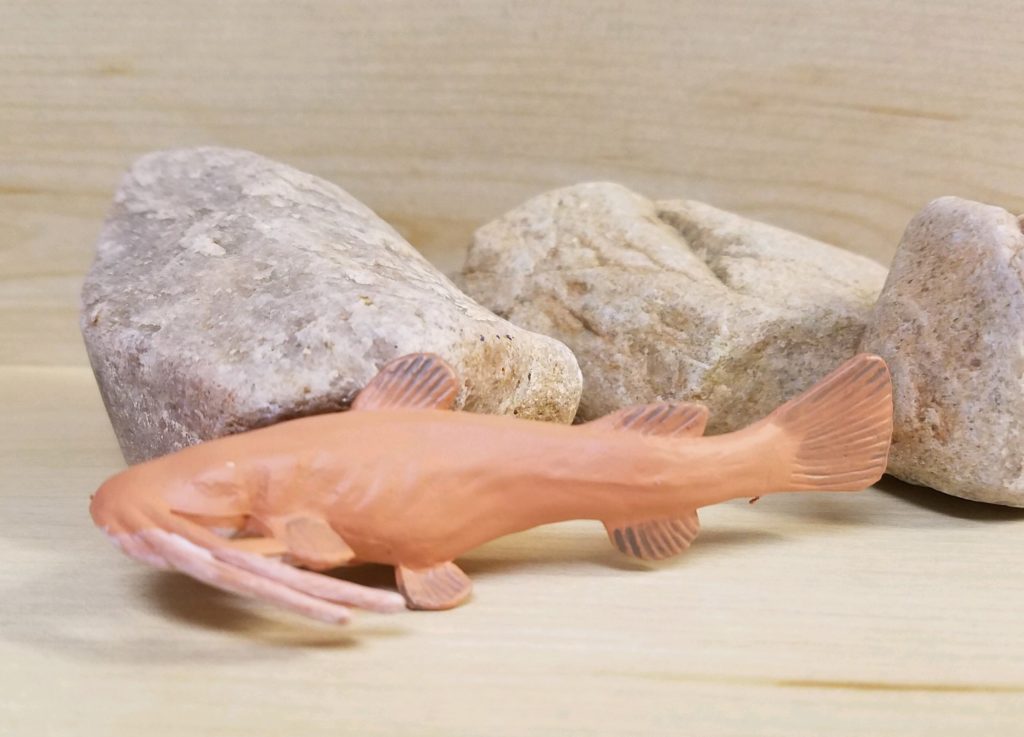
Figure: Crab
Species Identification: Who knows? Probably not identifiable. It has the carapace of the blind cave crab (Cerberusa caeca), but its claws are long like the cave squat lobster (Munodopsis polymorpha). After more snooping around, the best option I can come up with is the Belize cave crab, Typhlopseudothelphusa acanthochela (or at least something in the genus Typhlopseudothelphusa).
What’s good about it: Accept the identification, and it’s a unique species!
What’s bad about it: Unfortunately, I think it is a generic crab not realistically modeled after an actual animal.
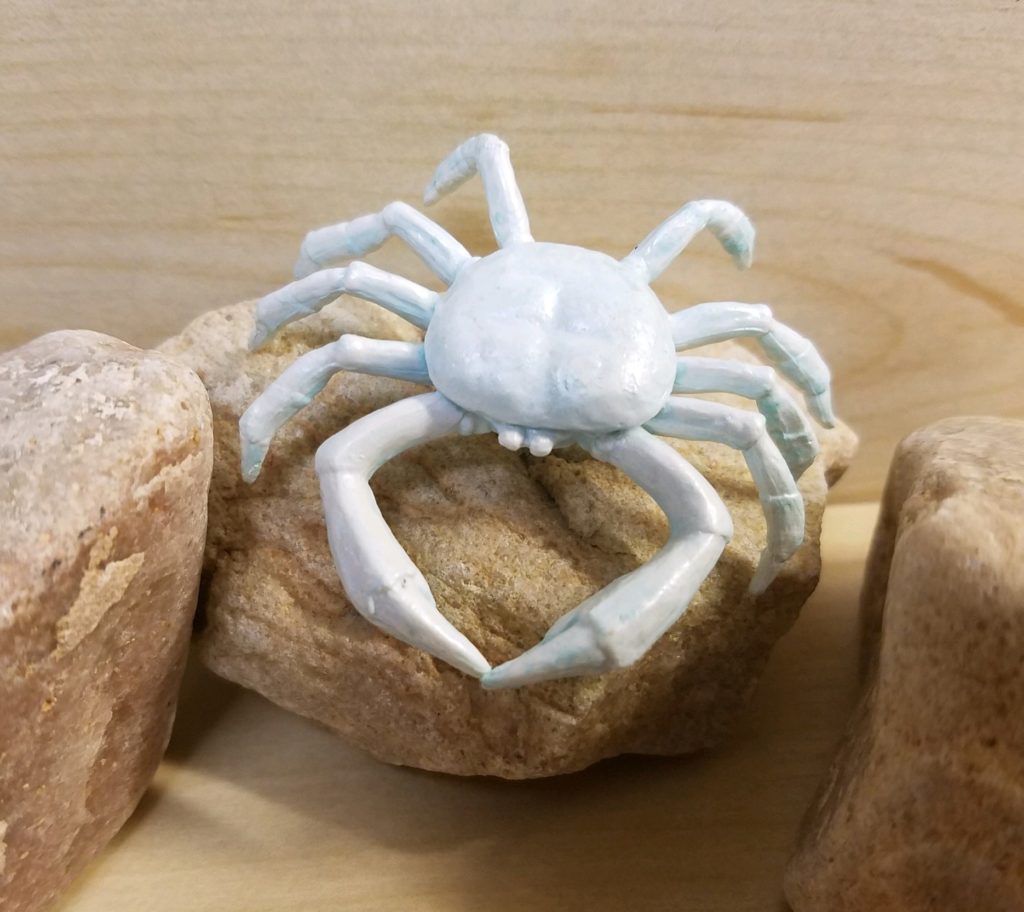
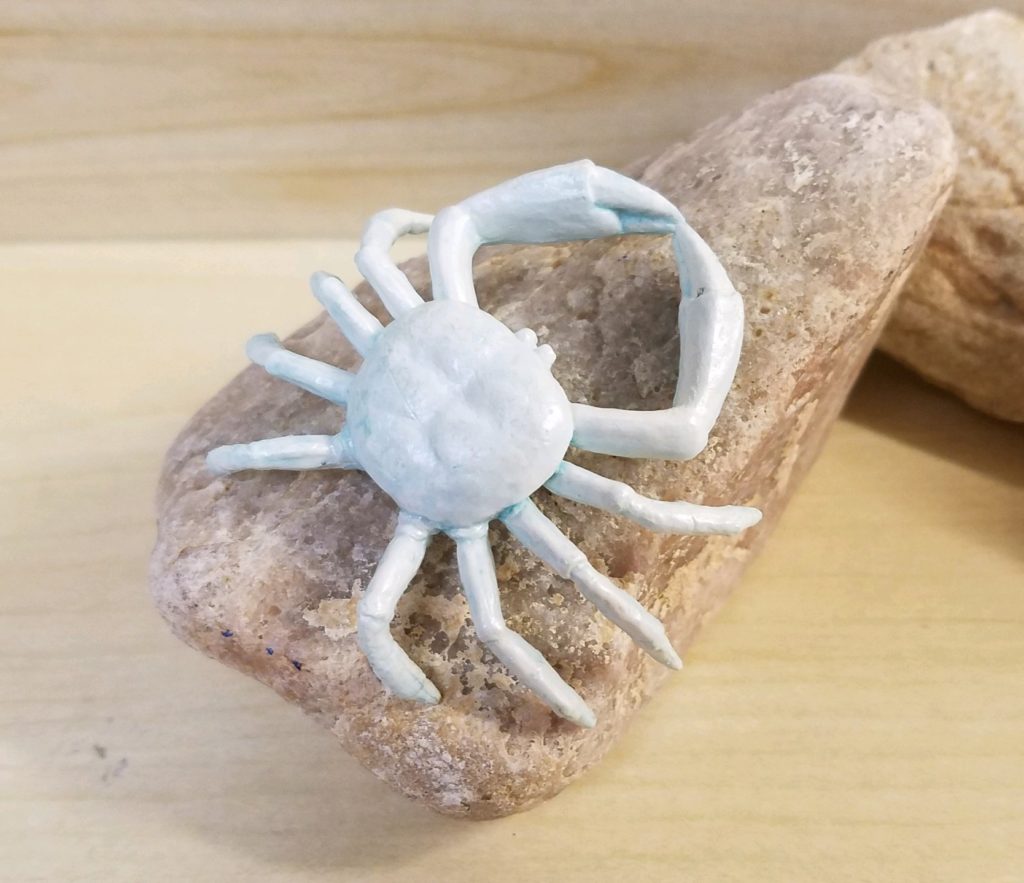
Figure: Crayfish
Species Identification: Lots of choices! In the southeastern quadrant of the U.S. alone there are several blind, albino, cave crayfish. Likely candidates include any number of species of Cambarus or Oronectes. I will probably list mine in my database as the Hell Creek crayfish, C. zophonastes. The figure has eyes, so it is probably not O. australis.
What’s good about it: Settle on an identification, and it’s a cool, unique species.
What’s bad about it: Nothing really, unless you disregard it as a generic crayfish.


Figure: Eel
Species Identification: Probably something in the genus Ophisternon, either the blind swamp eel (O. infernale) or the blind cave eel (O. candidum).
What’s good about it: A cool, unique species, whichever you choose! The fine detail of the figure highlights the simple morphology of the actual animal.
What’s bad about it: The length-to-width ratio is a bit off; it should be more slender and elongate.
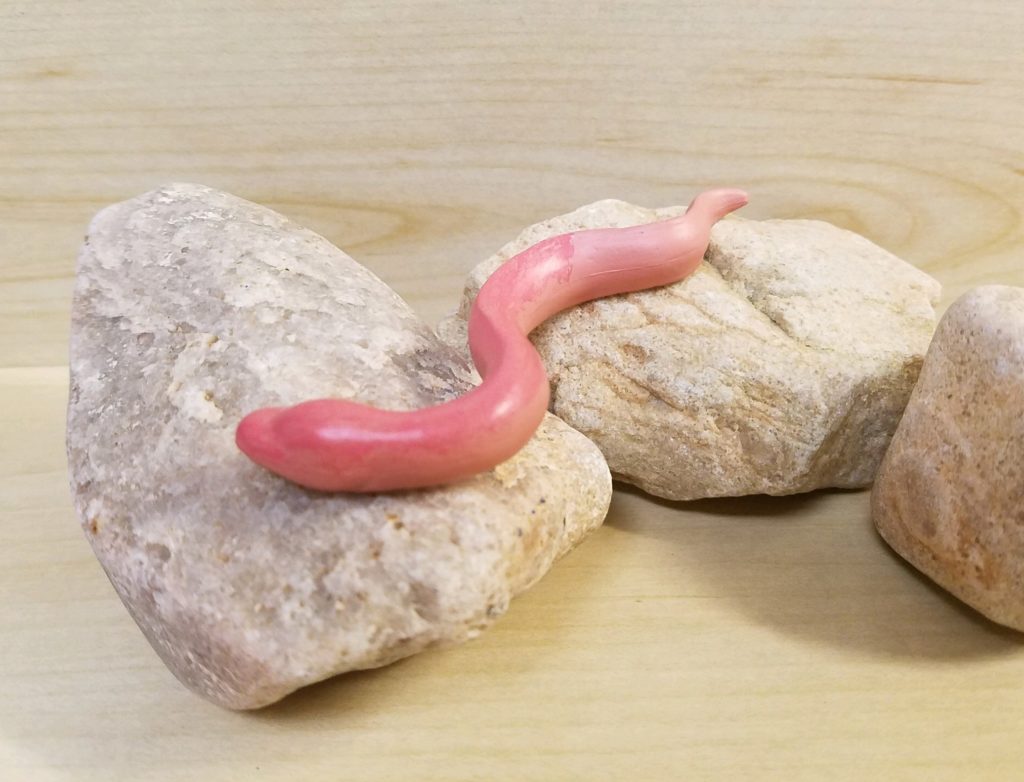

Figure: Millipede
Species Identification: Difficult, but you can probably assign it to one of the western North American cave millipedes in the genus Idagona.
What’s good about it: Whatever you call it, millipedes are very rare in toy/figure form, so any species is welcome. This is only one of four I can think of, and two of the others are the extinct Arthropleura.
What’s bad about it: Nothing really, other than it being generic.
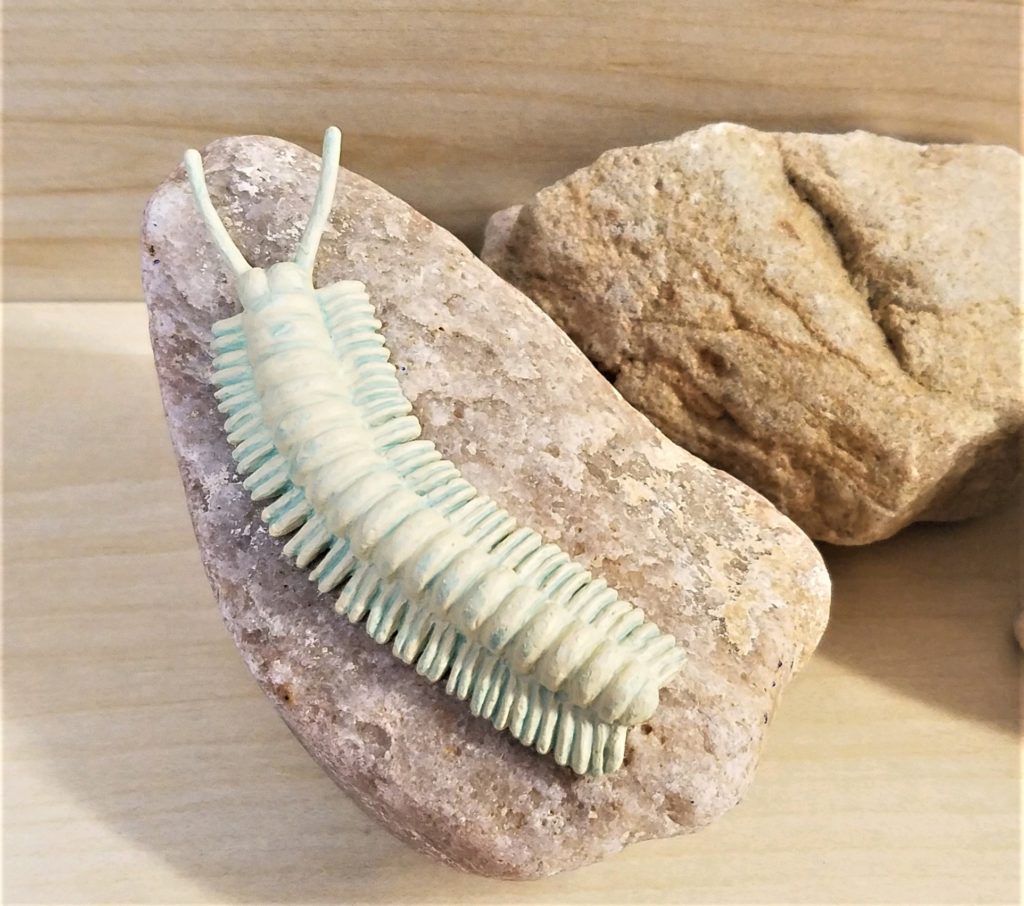
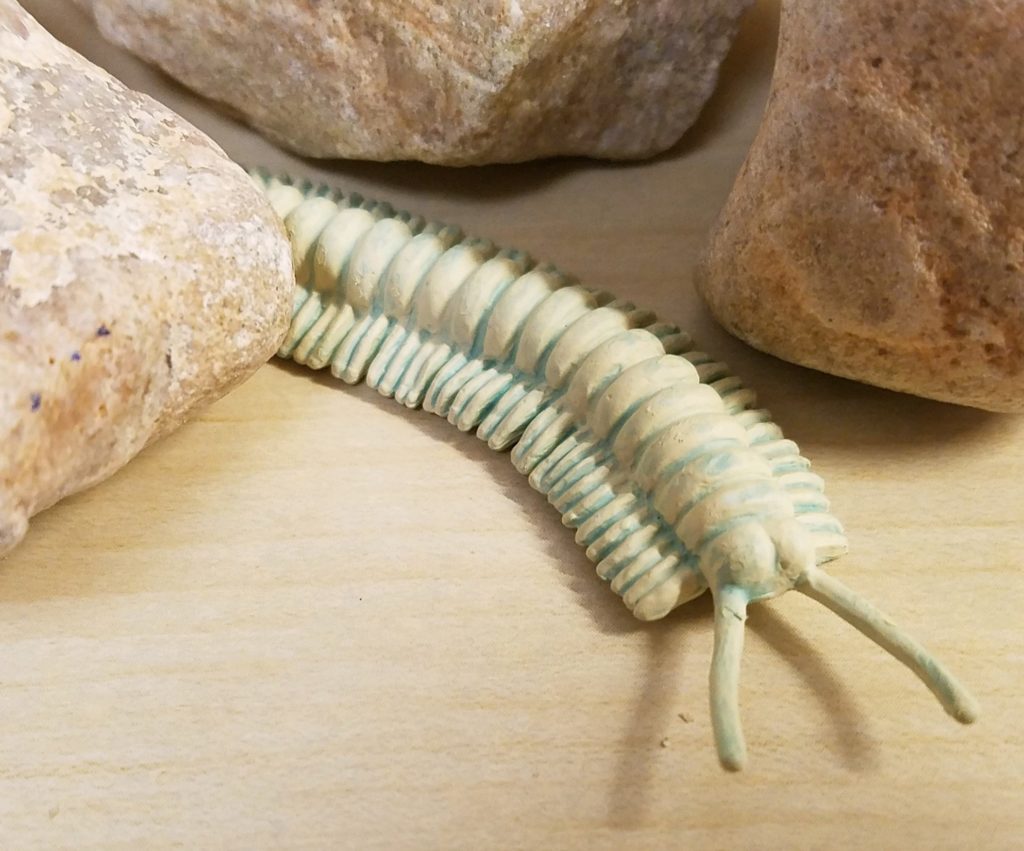
Figure: Olm salamander
Species Identification: Easy, as its marketing name suggests, this is the olm, Proteus anguinus.
What’s good about it: Self-explanatory! A truly cool species, easily recognizable in this toy form! This figure alone can make the TOOB worth it. Also, since the ID on this one is sound, this figure is just under 1:2 in scale.
What’s bad about it: Minor anatomical error (there is an extra toe on the hind feet).
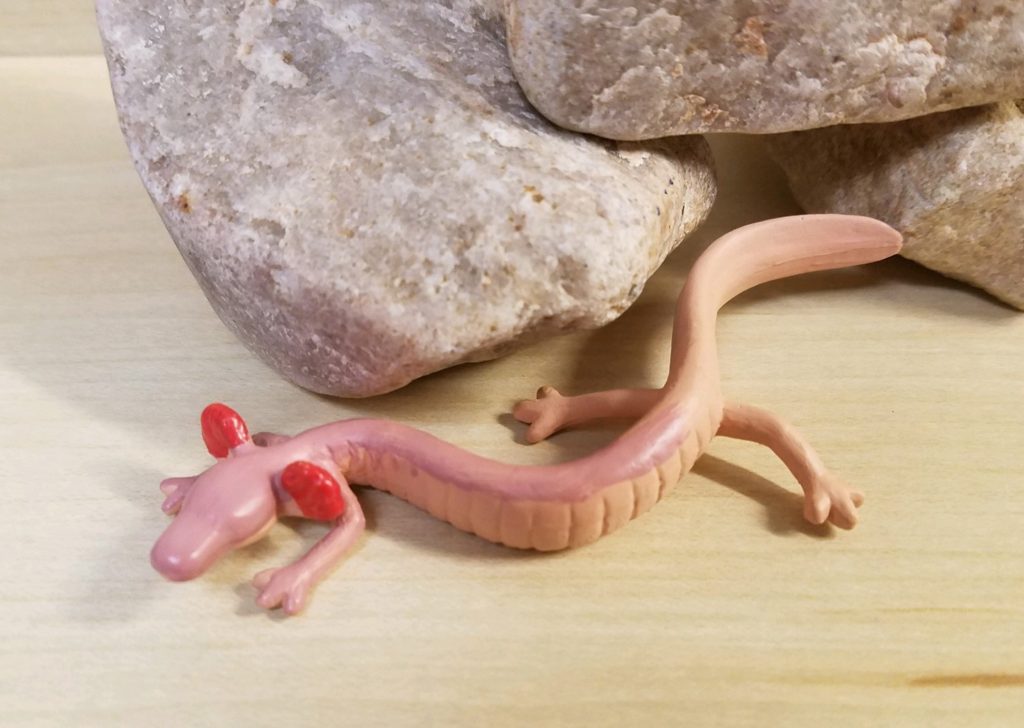
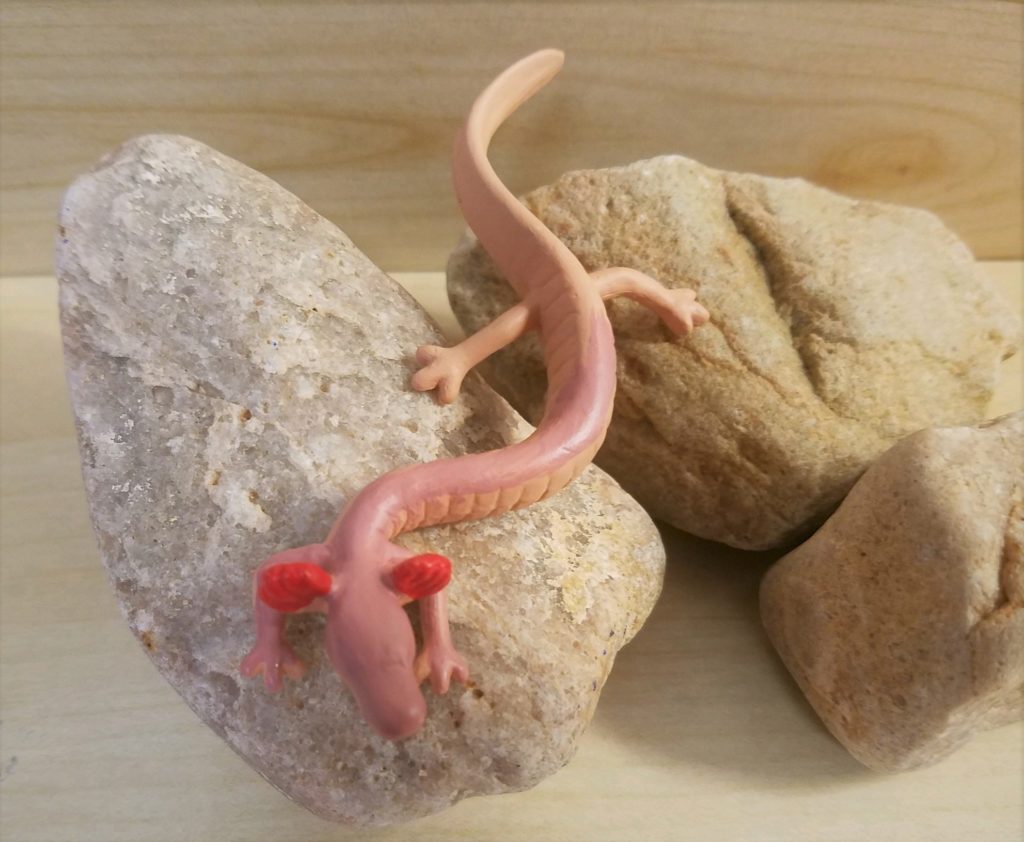
Figure: Scorpion
Species Identification: Impossible to say. After much digging around, I cannot come up with any blind, albino, troglodytic scorpion species. Scorpions will inhabit caves, but I cannot find anything with this morphology.
What’s good about it: Unless we can come up with a reliable ID, nothing really.
What’s bad about it: Just a generic scorpion. Nothing exciting to see here, folks. At least it is an original sculpt, however.

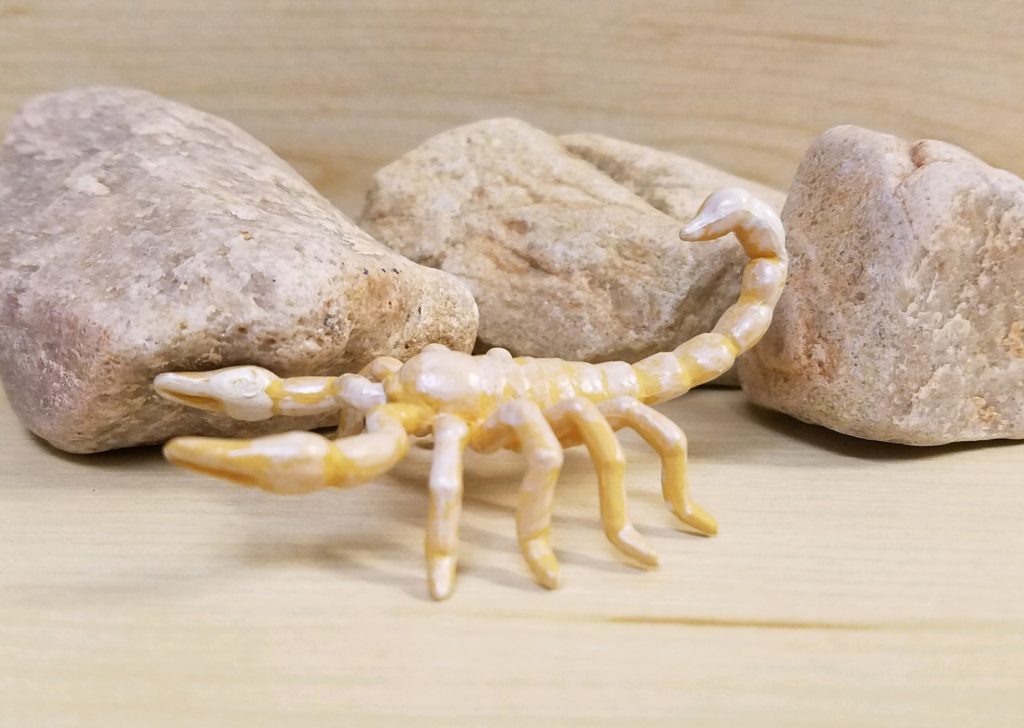
Figure: Spider
Species Identification: Probably not attributable to anything real, but the Kaua’i blind wolf spider (Adelocosa anops) is probably the best fit.
What’s good about it: Accept the ID, and it’s a cool, unique species.
What’s bad about it: I am afraid it’s probably just a generic spider.
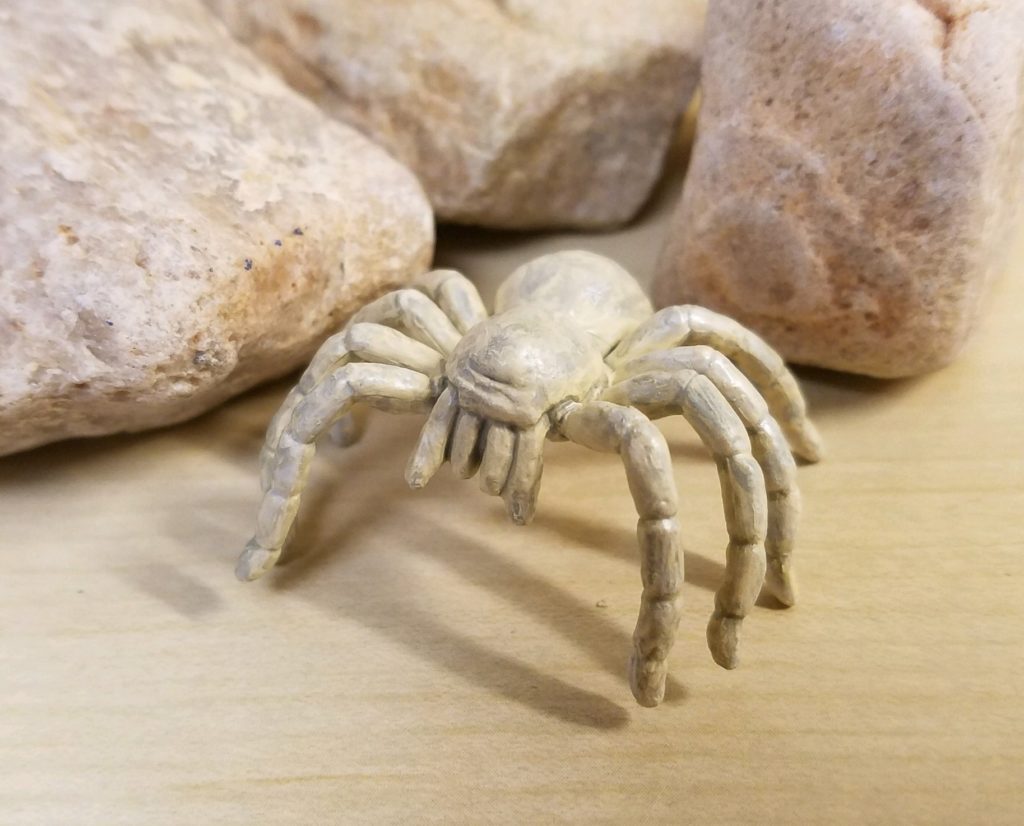
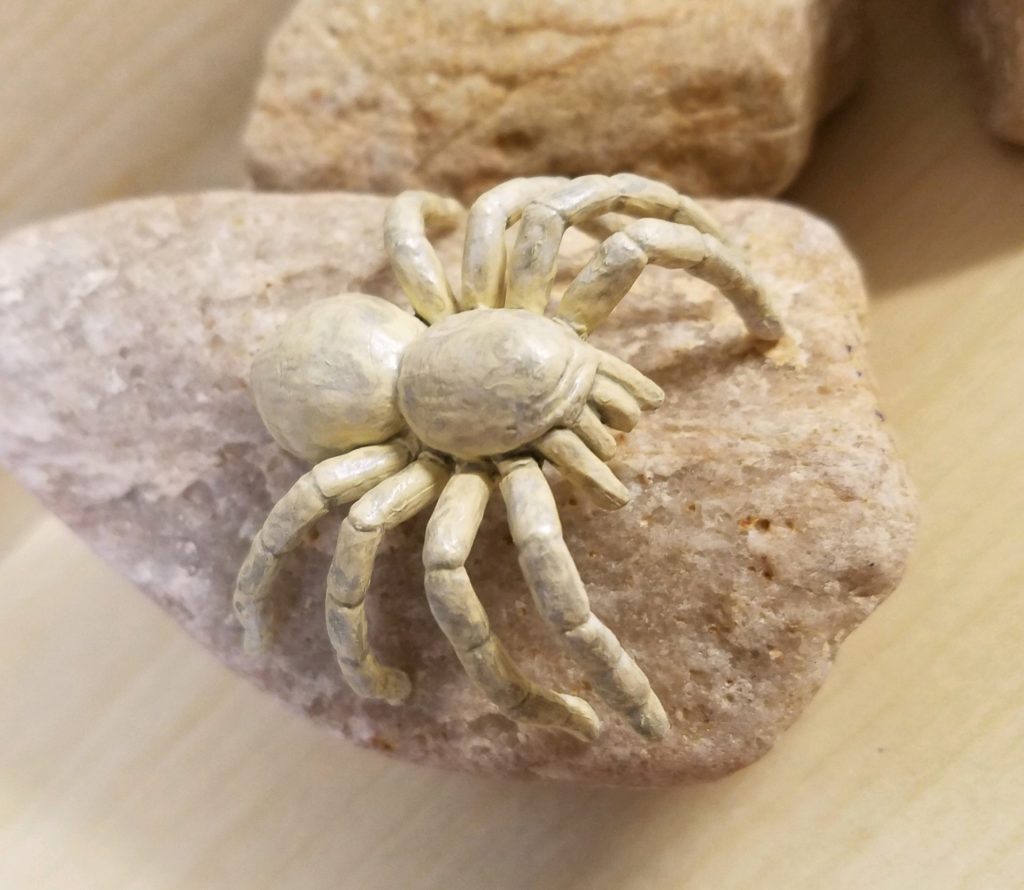
To recap my personal thoughts:
Winners: catfish, eel, olm, millipede
Indifferent: crayfish, spider
Losers: scorpion, crab
Overall this set comes recommended for collectors or as educational toys. While sometimes hard to capture in the images, the subtle detail in the figures is really nice, and I like the non-gloss finish (at least in this original color scheme). I also think it is interesting, that as an entomologist, I think the three non-arthropod figures are the best in the set and alone make the TOOB worthwhile. This TOOB is still available at the time of this writing, but if you want the original colors (as shown here), you might have to hunt them down on eBay (as I did). Safari’s website shows the translucent color scheme.
Disclaimer: links to Ebay and Amazon on the AnimalToyBlog are affiliate links, so we make a small commission if you use them. Thanks for supporting us!




I seem to recall that the original marketing listed that the set would be glow in the dark. But they are not.
I was, however, unaware that the production had changed. I will need to see it myself, see if it’s worth getting as well.
I just picked up on something else–as I tried to figure out the catfish, my best guess was
Rhamdiopsis krugi, the Nhamidia Blind Cave Catfish. Not exact, but the finnage and overall appearance seem pretty close.
I do, however, appreciate the arthropod IDs, and am updating my lists (I took some pretty major guesses, but I am not that familiar). One thing–I have the Innovative Kids Arthropleura, what is the other one!?
Thanks for the catfish name; the rear dorsal fin and tail fin do look better for that species ( wonder if I should update the post?)!
The other Arthropleura is the one by Paleo-Creatures. And then the fourth millipede is in Schleich’s Death Valley Set
edit: I at least added Rhamdiopsis klugi as a ‘tag’.
Edit: For my collection, I decided to database the scorpion as Euscorpius studentium. This species was described in 2020, so it’s doubtful that’s what it was influenced by, but the morphology is supportive. Not a lot of cave scorpions that are pale and blind! Could also represent a member of the genus Alacran, but they are darker and more lanky.
The millipede’s shape and color is oddly familiar to Xystocheir dissecta, a species of flat-backed millipede.
That’s a very good thought, too! But from what I can tell, X. dissecta is not a cave-dwelling species.